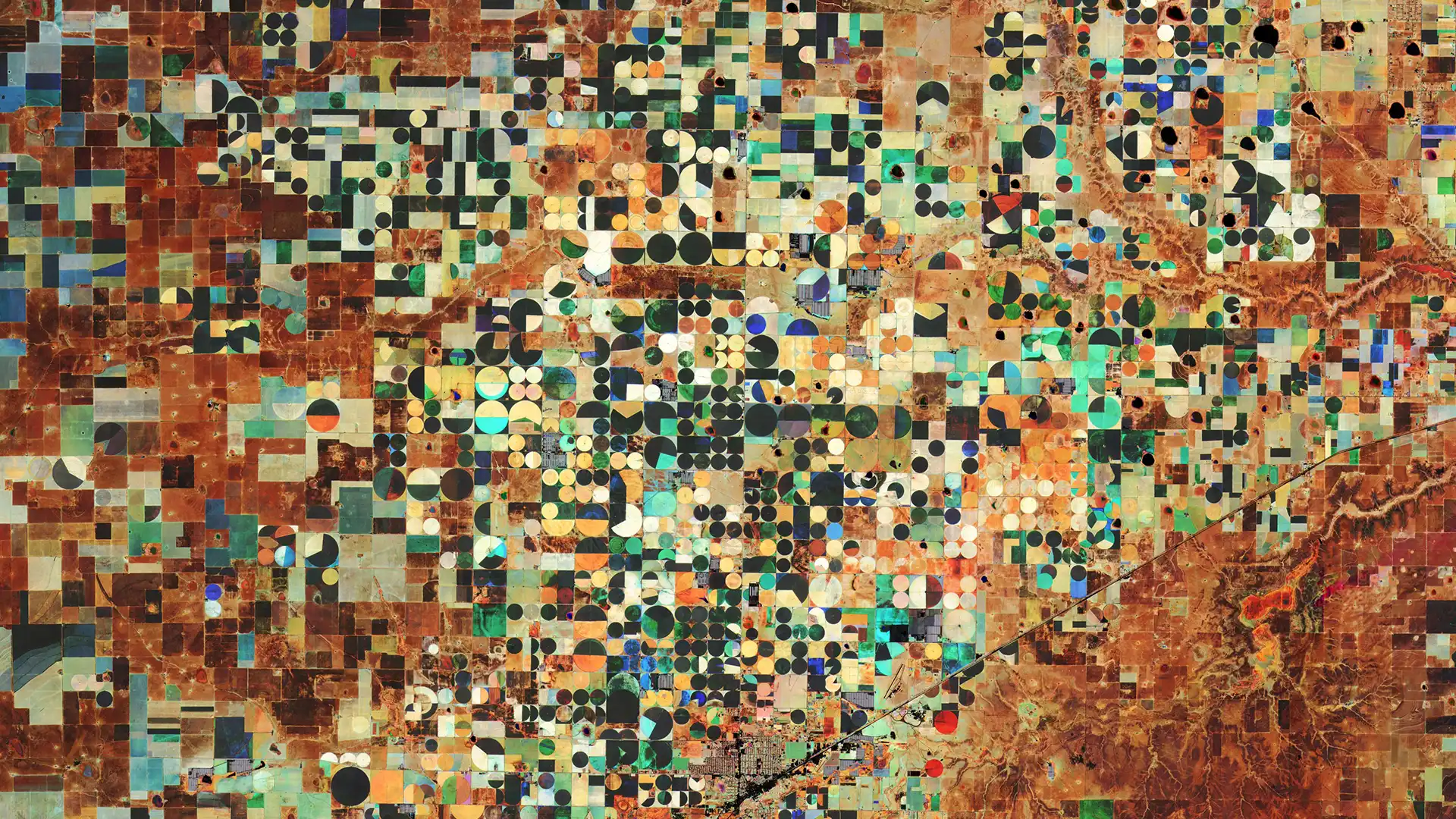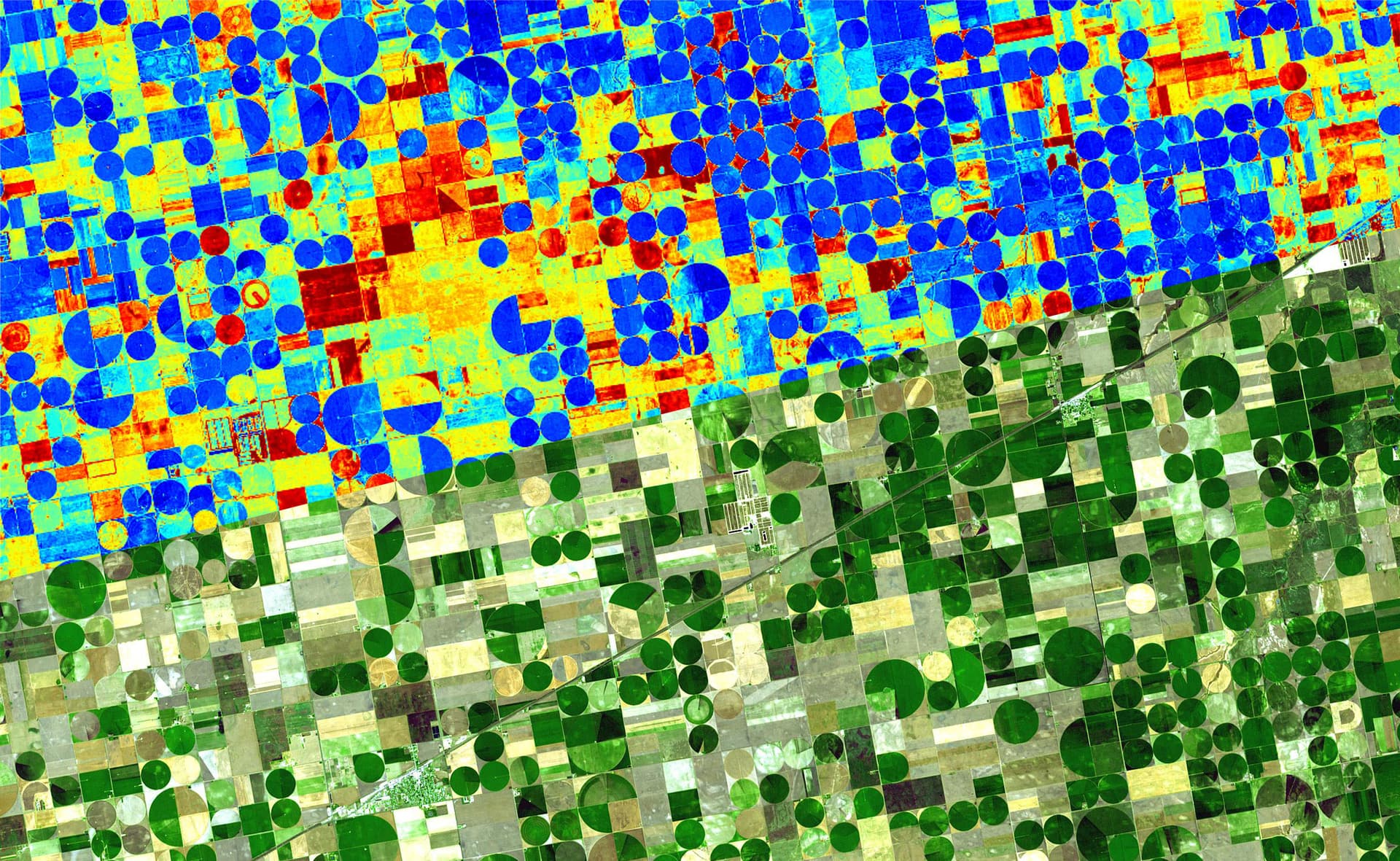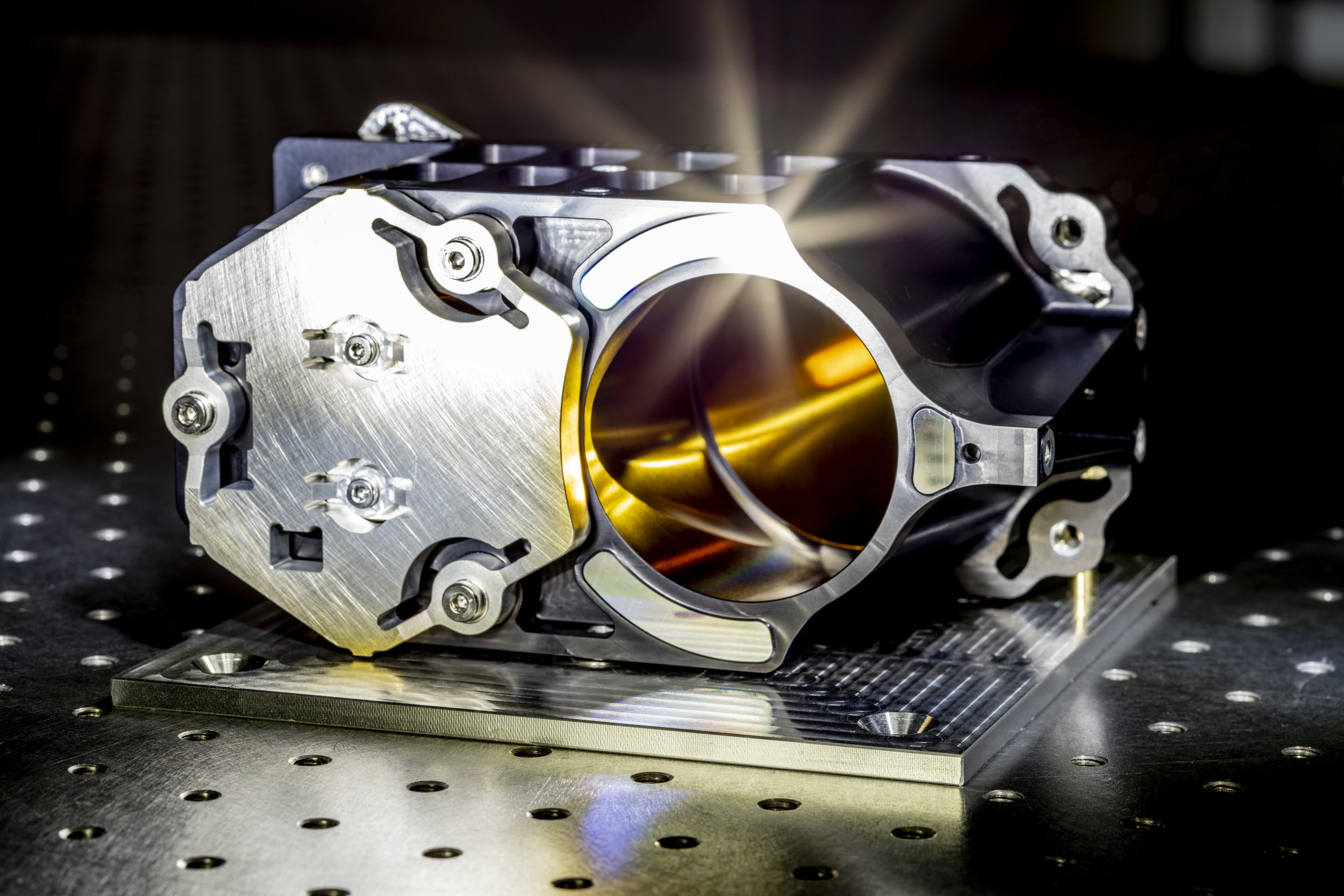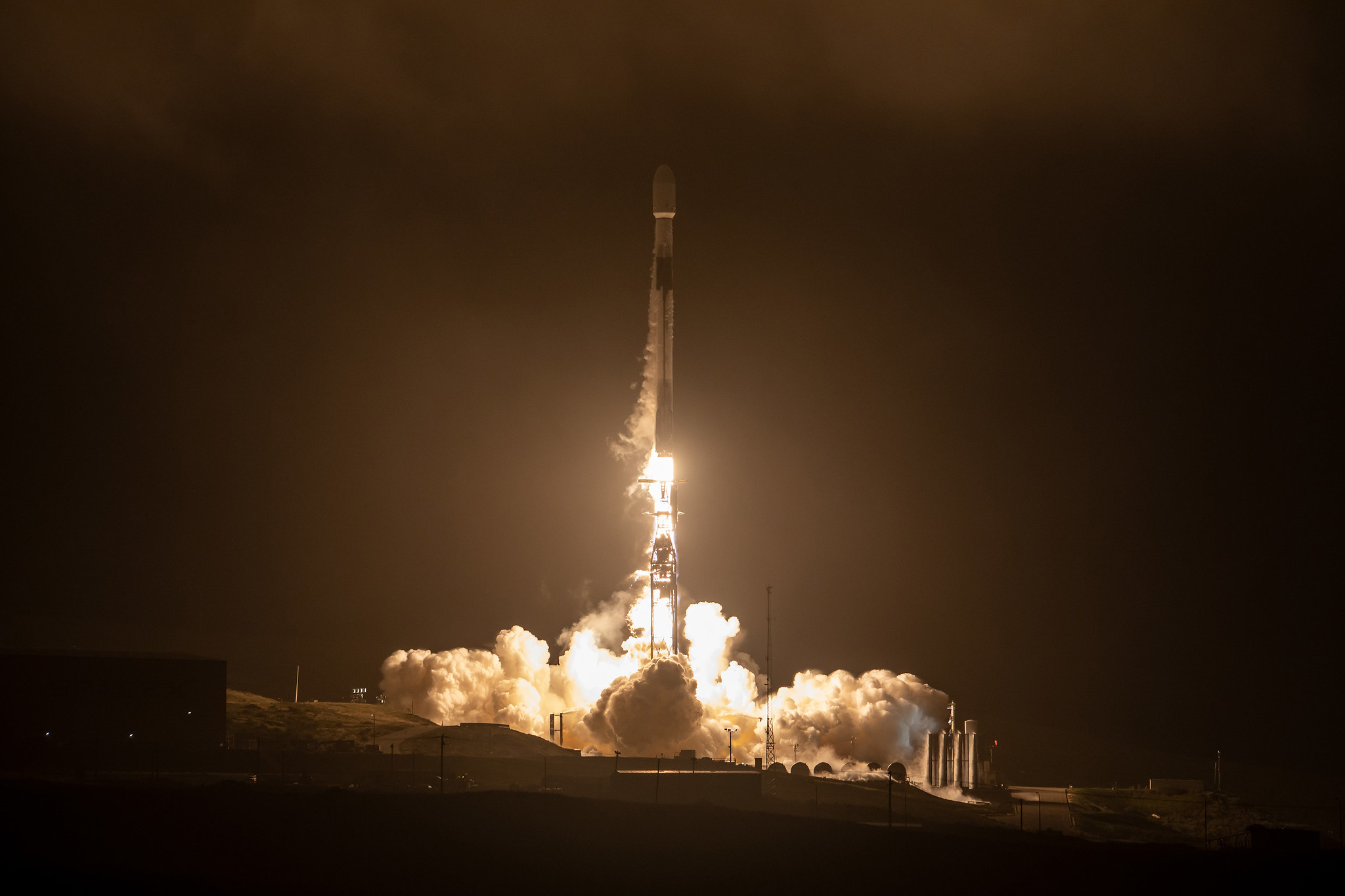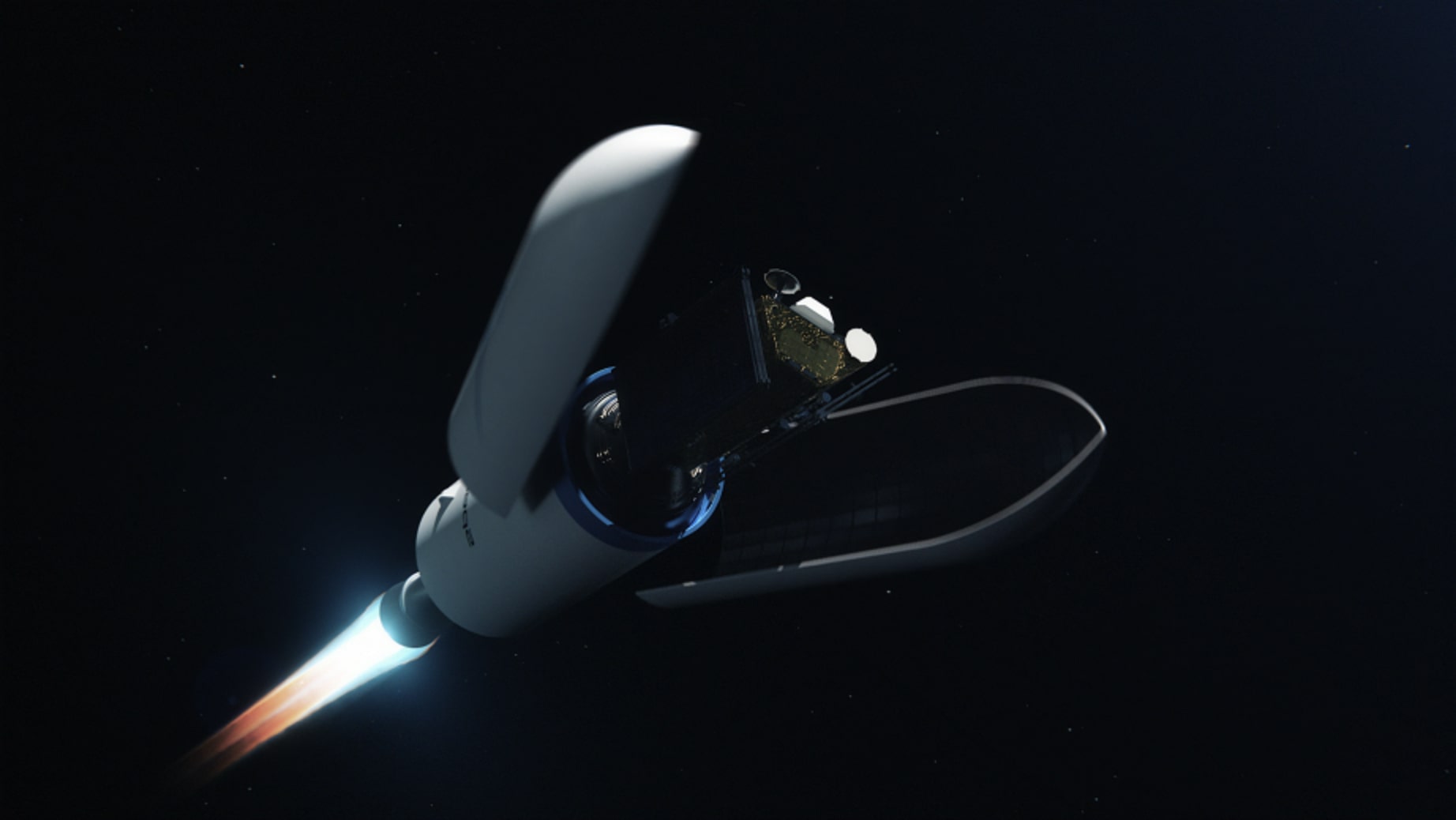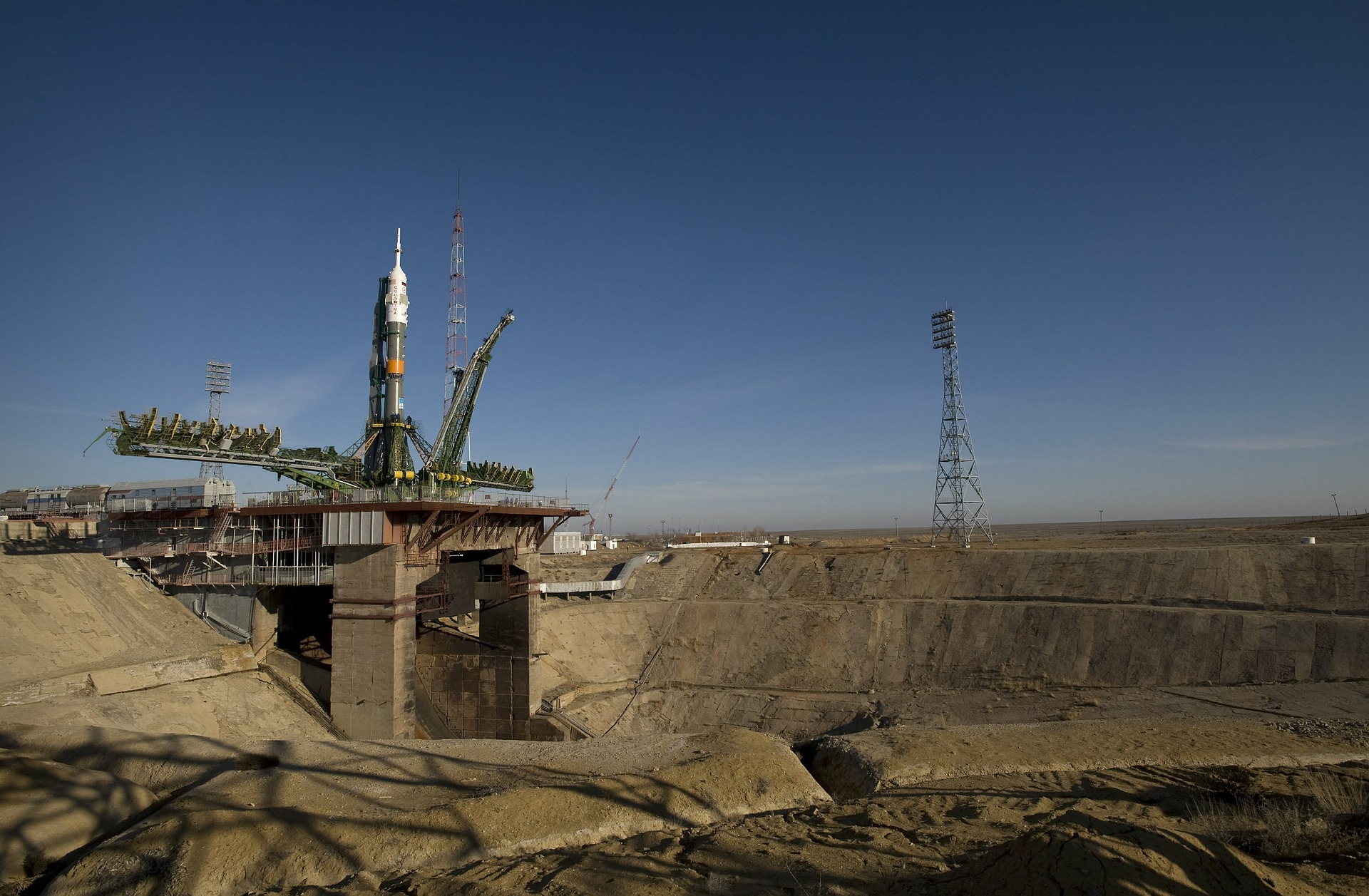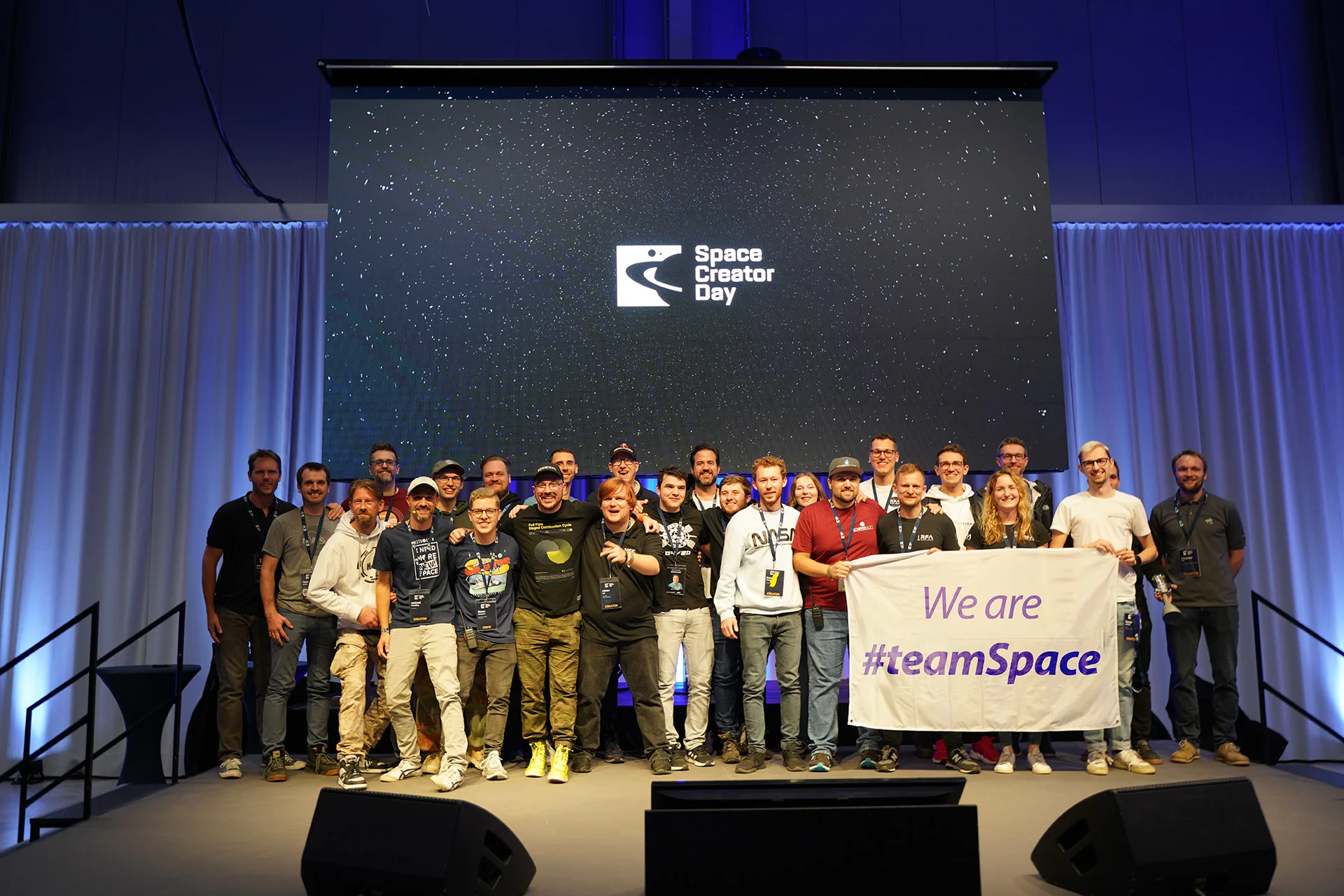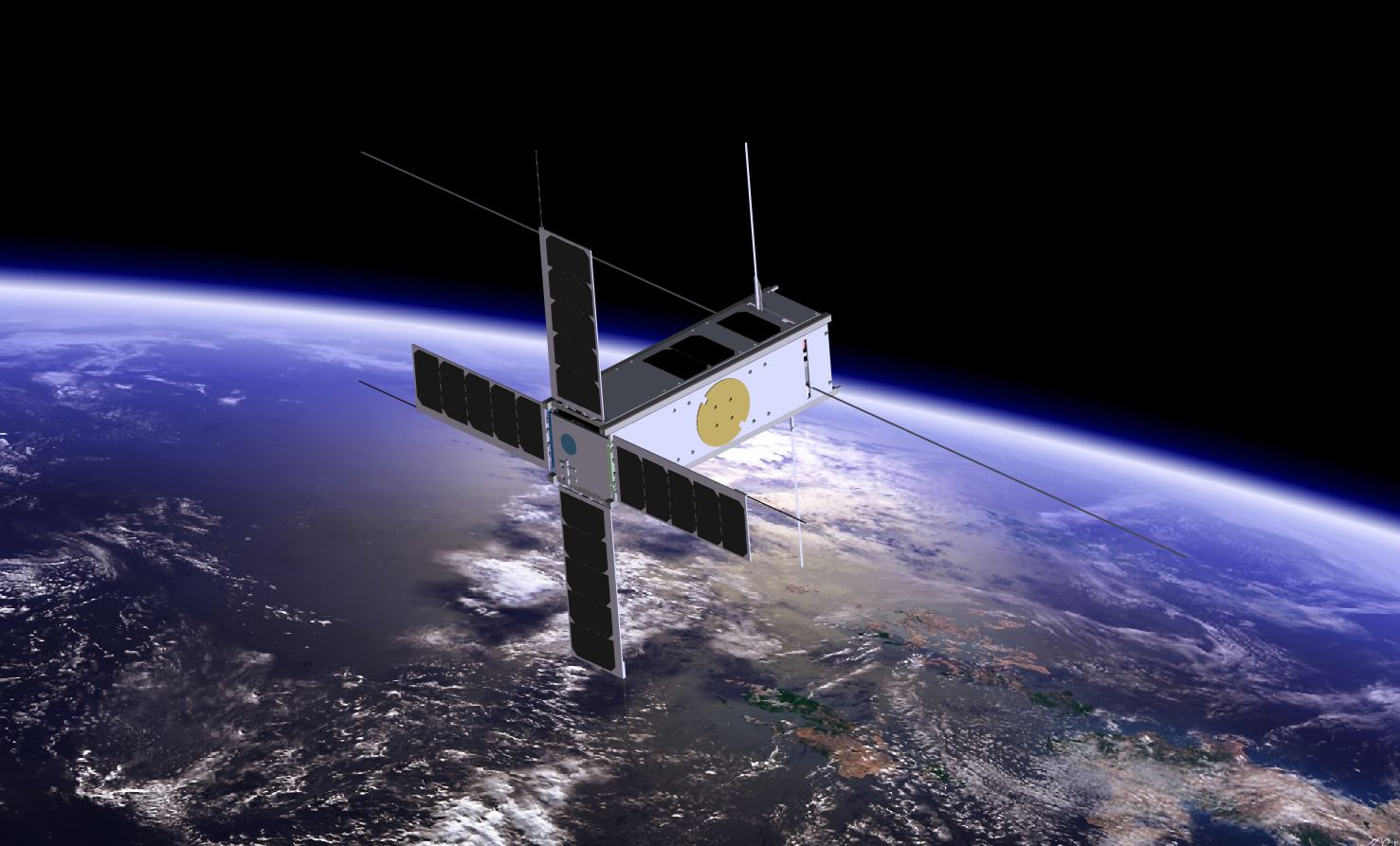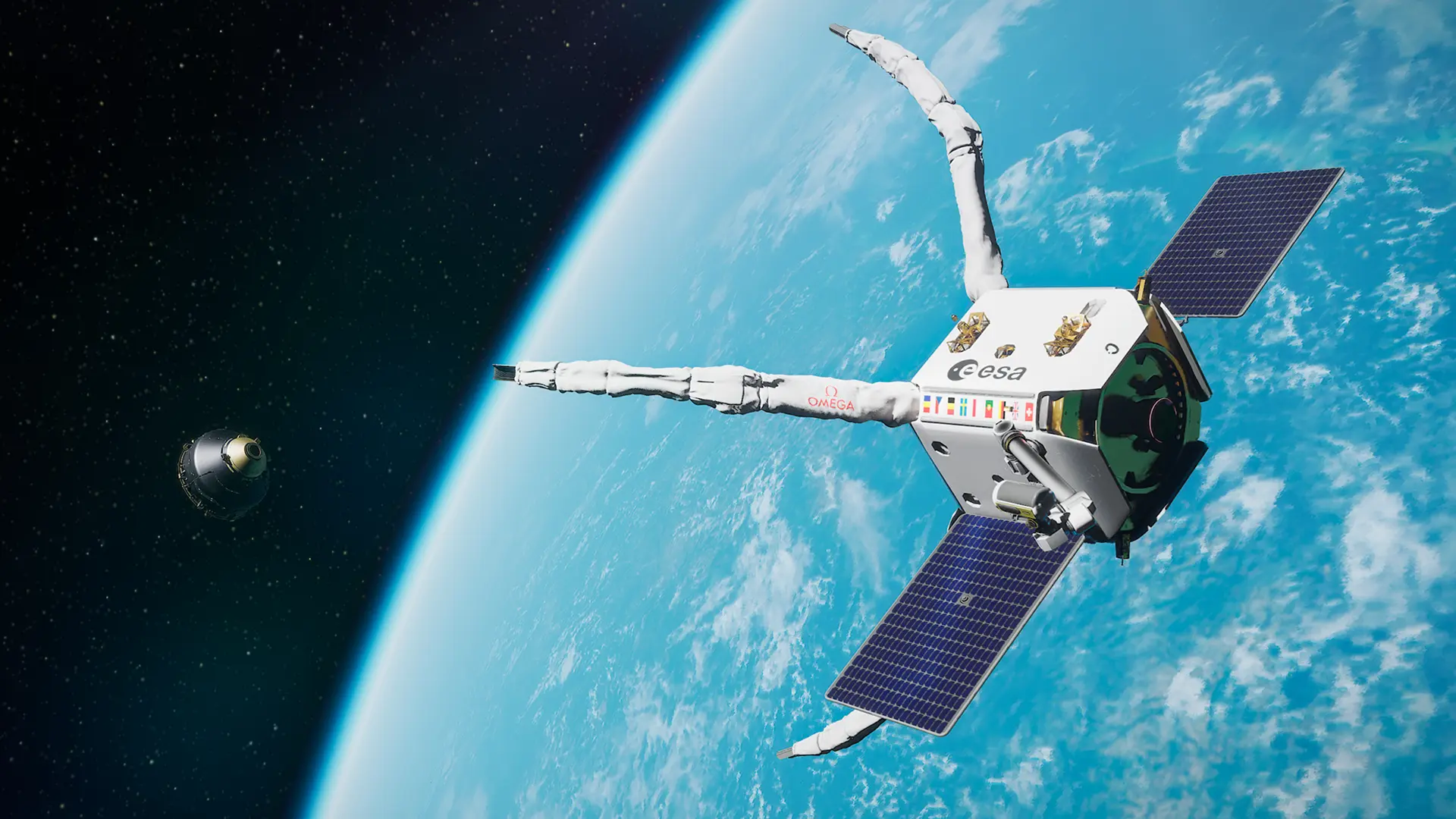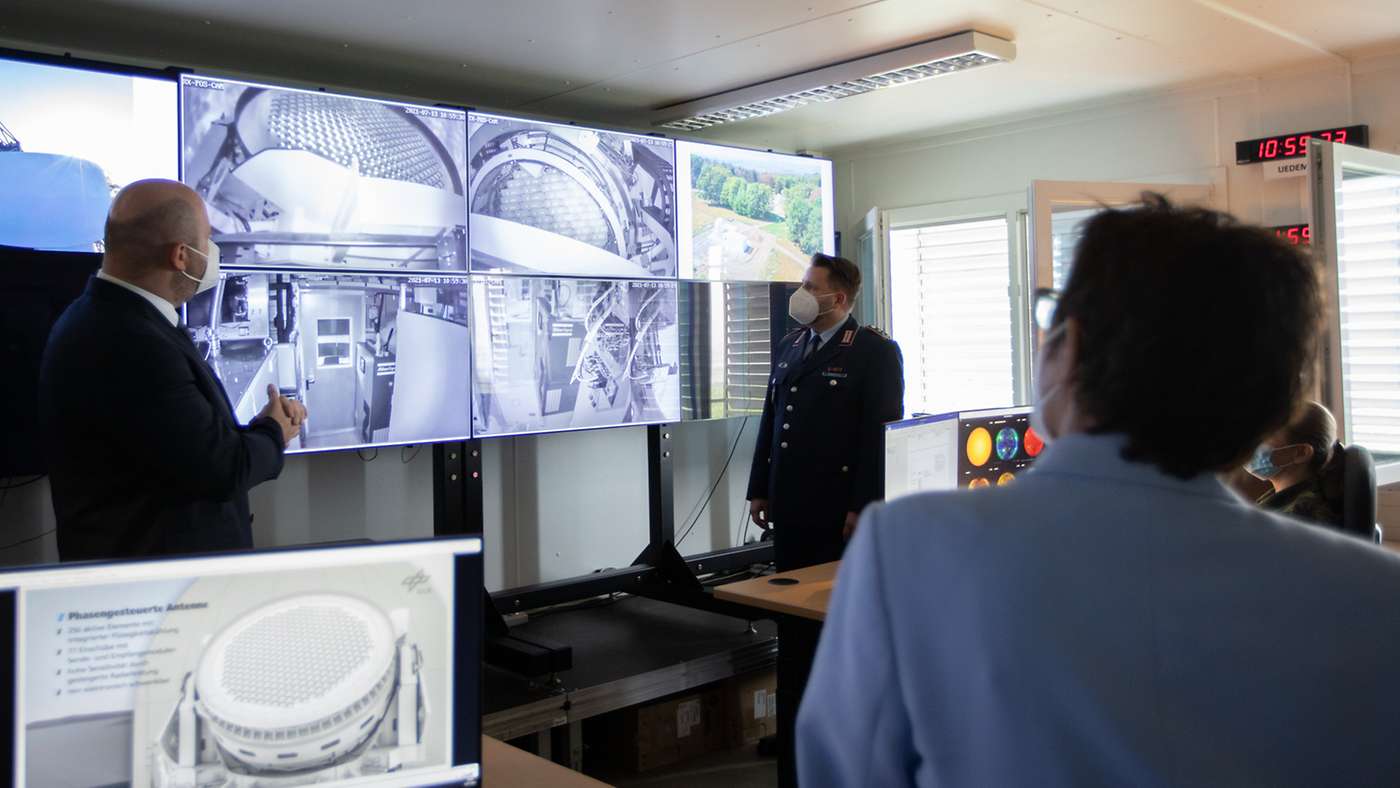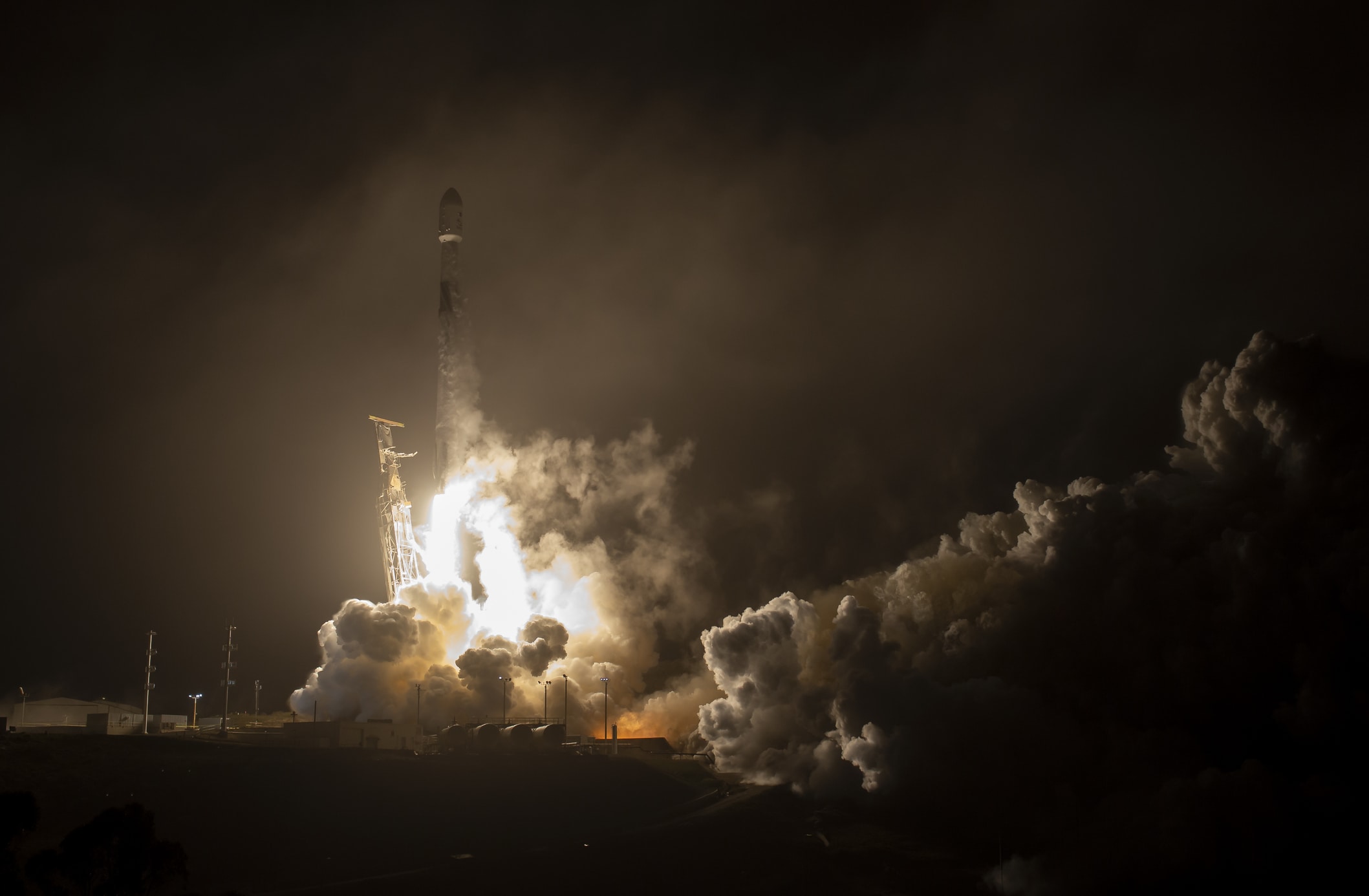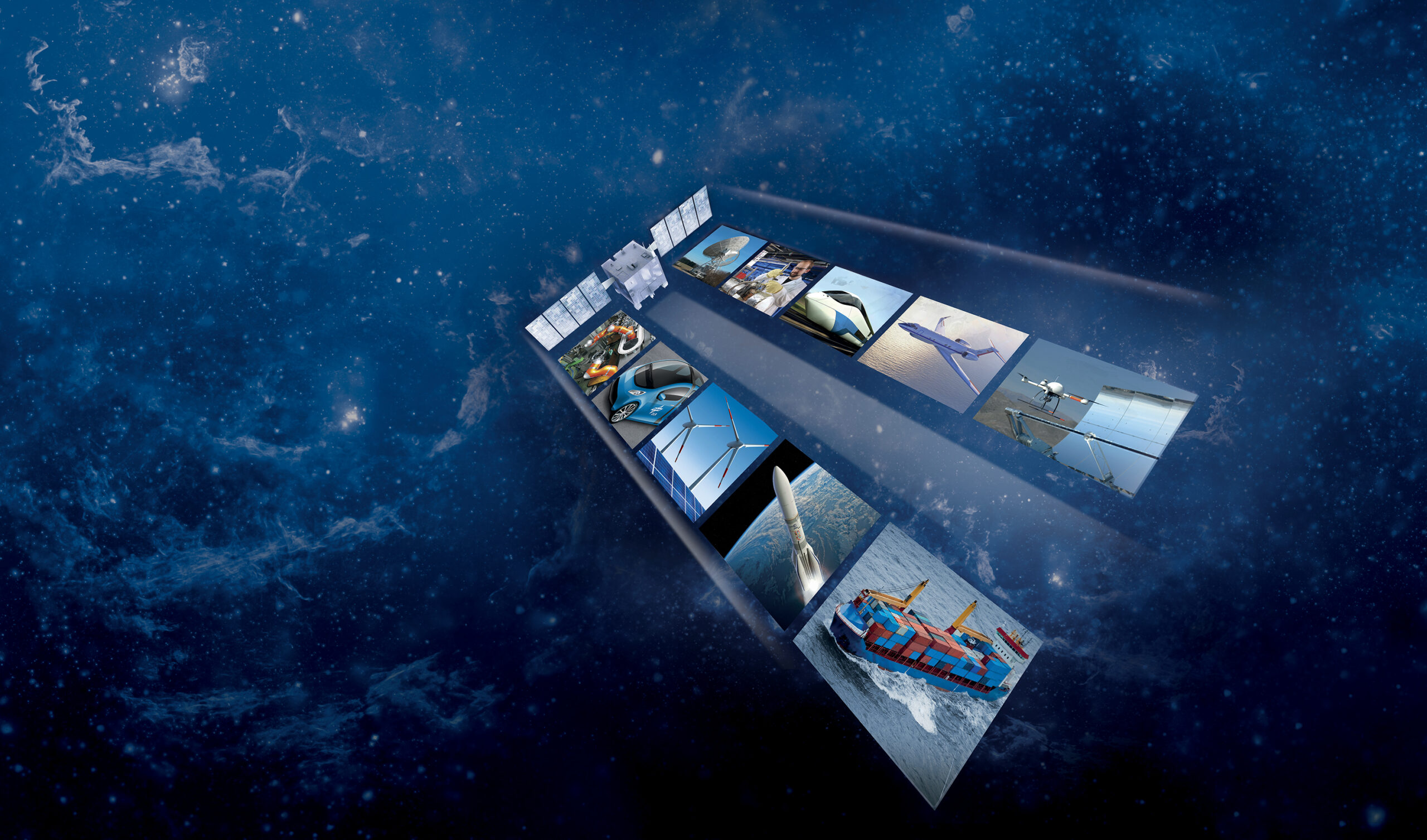
constellr signs contracts to build its HiVE constellation
Published on Thu, 15.12.2022 – 07:12 CET in Cooperations, covering constellrIn the future, technology from space will be used to determine the water requirements of plants. This could increase the efficiency of intelligent irrigation systems and reduce the risk of crop failure or damage. LisR, a technology demonstrator from constellr, is already on board the International Space Station ISS. In April 2022, the Freiburg-based company's infrared camera was shown to deliver reliable images. Now the construction of the company's own HiVE satellite constellation is to be driven forward with great strides.
constellr had already signed contracts with the European Space Agency ESA and the German Aerospace Center DLR. As the Freiburg-based NewSpace startup now announces, it is also stepping up its collaboration with long-standing technology partners OHB, NanoAvionics, Exolaunch and Fraunhofer. With this, constellr is taking a further step towards an operational system for monitoring plant health.
“With the signature of the contracts, we are now entering the implementation phase of our first commercial mission, and we are on track to deliver to orbit in 2024, the first two fully operational satellites of our constellation. The trusted and collaborative relationship with our partners is key to the mission success and we look forward to a continued and fruitful cooperation with them for the first two models and the more to come” says Riccardo Benvenuto, HiVE Programme Director at constellr.
HiVE satellite constellation detects plant health status from orbit
The HiVE (High-Resolution Vegetation) constellation was developed to provide AgriTech companies with early warning of plant stress due to temperature-induced evapotranspiration. HiVE-derived high-resolution data can be used to determine water requirements and overall crop health. Likewise, to detect symptoms of drought and nutrient deficiency before they become visible to the naked eye.
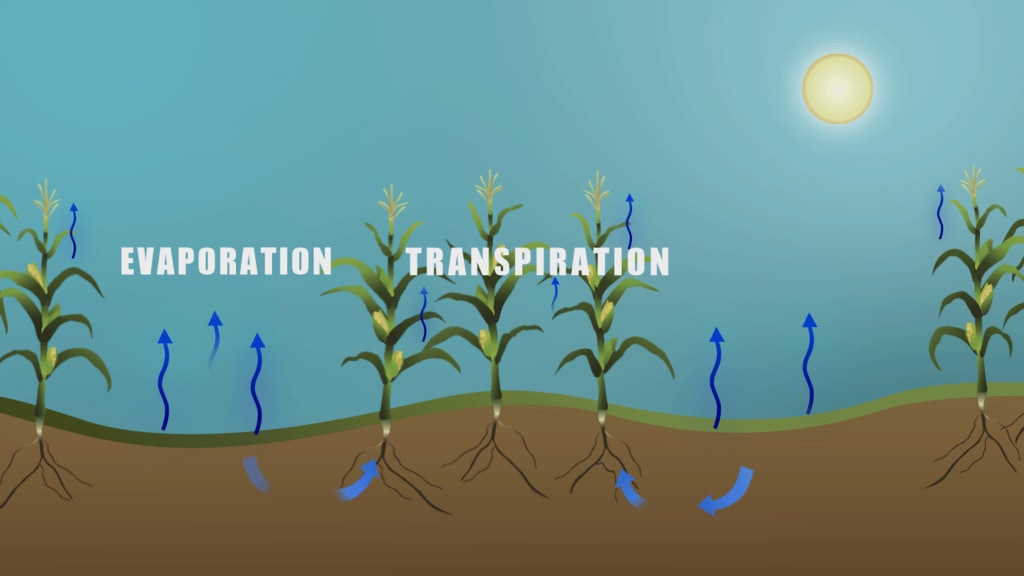
Global water consumption of 4.37 quadrillion liters annually
An important parameter is evapotranspiration, which in meteorology is the sum of transpiration (evaporation of water from flora and fauna) and evaporation (on unvegetated or free land and water surfaces). Evapotranspiration is important in hydrology as well as in agriculture and horticulture. But it is also crucial for calculating global water demand, which has been significantly underestimated so far. A 2015 study (see Science) concluded that 4,370 km3 are consumed annually. Yet the limit for sustainable use is only 4,000 km3. And with a share of 20 percent, evapotranspiration is quite relevant.
OHB payloads for high-precision TIR surveillance

© European Space Agency
OHB System AG and constellr have signed a contract for the realization of the first two payloads of the satellite constellation. These consist of a multispectral imaging system in the long-wave infrared and a multispectral VNIR instrument. The latter operates in the visible and near-infrared (VNIR) range and, in simple terms, is a thermal imaging camera. The thermal infrared (TIR) instrument will determine the L-2 land surface temperature (LST) with an accuracy of 1/1.5K and a ground sampling distance of <30m. LST is the average radiant temperature of all surfaces in a sensor's field of view and is derived from measured thermal radiation. It is one of the essential climate variables and is used as an indicator of the changing climate.
The data collected by constellr will be made available to users via a cloud-based platform. According to Stefan Föckersperger, OHB's Director of Earth Observation, the partnership between constellr and OHB goes back a long way. In this respect, it is gratifying to be able to contribute expertise in the development of technologically sophisticated instruments for earth observation.
Kongsberg NanoAvionics platforms

© NanoAvionics
constellr has been working with NanoAvionics from the very beginning. The Lithuanian company's portfolio includes satellite buses, payload integration, launch provisioning and mission operations. The small satellite manufacturer, founded in 2014, will supply two of its MP42 microsatellite buses. As Marius Bierdel, CTO of constellr points out, they are relying primarily on the expertise of NanoAvionics. They are capable of meeting constellr's high-performance requirements, he says. This is because they not only provide high agility and stability, but also the necessary power requirements. This is needed to deliver high-quality infrared images. Because - according to Bierdel - this is the only way to precisely measure water requirements in agriculture.
The satellite platform used is based on the MP42 microsatellite bus. Its performance is optimized for remote sensing missions, high data throughput communications, high agility and high attitude stability. They have already proven that they work reliably in several missions. Some of them also explicitly target climate change, as Vytenis J. Buzas, co-founder and CEO of Kongsberg NanoAvionics, explains: "Constellr is the third private company using our satellite buses with the aim to counter the effects of climate change."
Exolaunch Deployment and Launch Mission Management

© Exolaunch
constellr has concluded an agreement with Exolaunch for several launches. The launch of the in-orbit demonstration planned for 2024 will most likely take place on a Falcon 9 from SpaceX. The HiVE satellite's goal is a sun-synchronous orbit at an altitude of 500 km. It will be released using Exolaunch's Carbonix satellite separation system.
In addition, Exolaunch will manage oversight of the entire launch management process, including the integration, launch and early orbit phases. Connor Pollock, mission manager at Exolaunch: "We are honoured to be awarded a launch contract by constellr and assist a leader in a field as important to 21st century agriculture and society as global land surface temperature monitoring."
Fraunhofer Ernst-Mach-Institut data processing
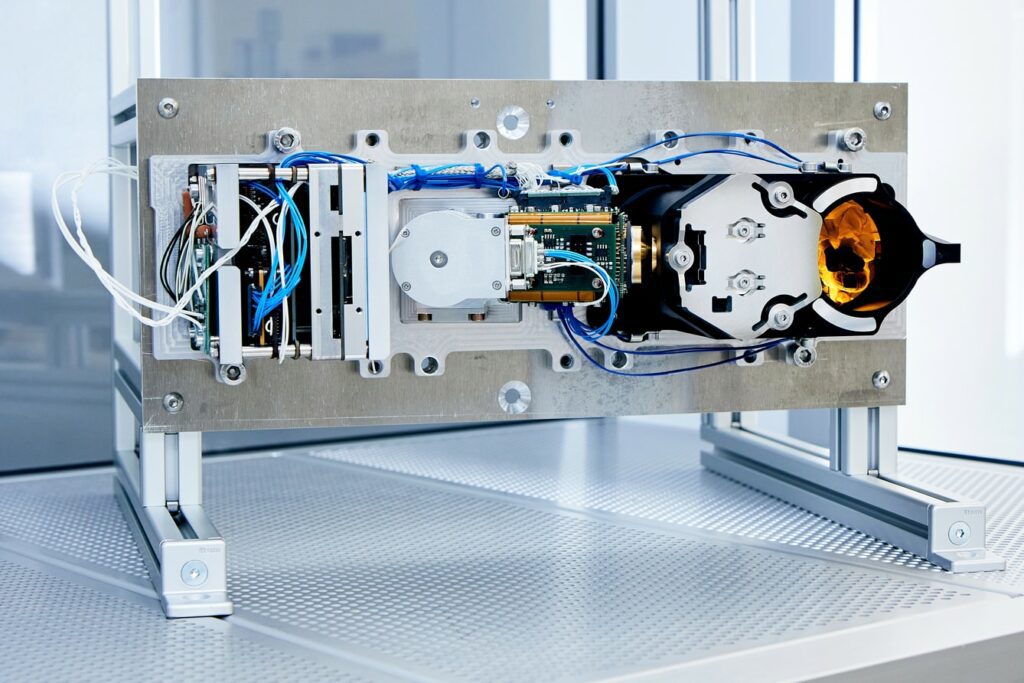
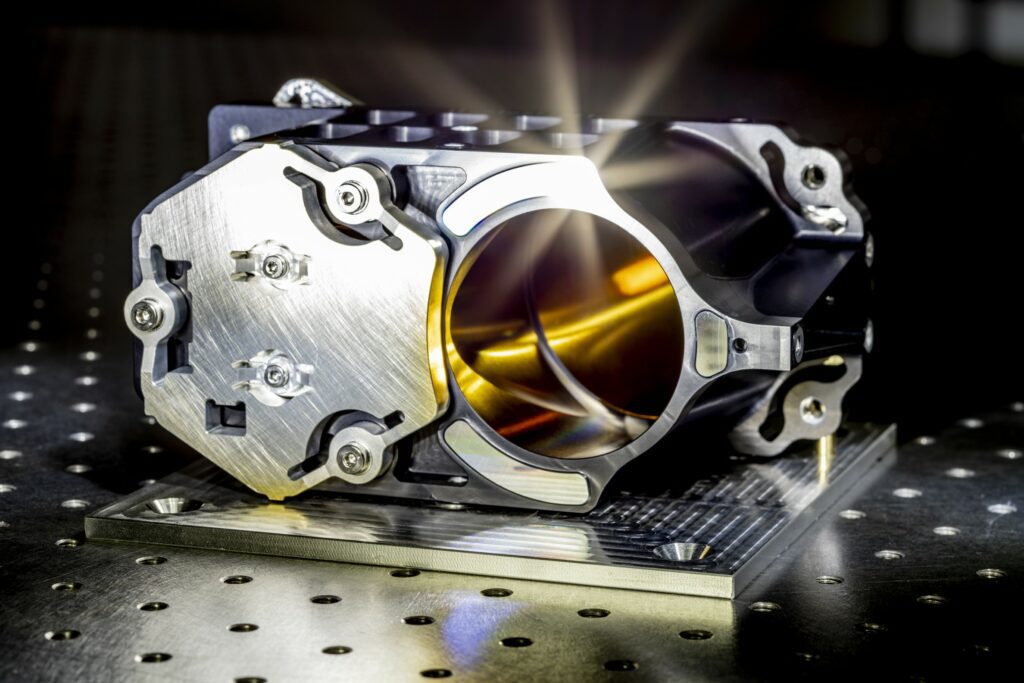
The central component of the payload originates from the Fraunhofer Institute for High-Speed Dynamics, Ernst-Mach-Institut EMI. "The brain," as constellr calls it itself, is an instrument control and data processing unit (DPU). A fully redundant unit will fly into space aboard the first two flight models. HiVE's precursor launched to the International Space Station (ISS) back in February 2022. Around eight weeks later, the LisR (Longwave Infrared Sensing DemonstratoR) longwave infrared camera was shown to work reliably and send high-resolution images from orbit.
Fraunhofer EMI's DPU is designed for use in larger nano- and microsatellites and was developed specifically for image and video applications in all spectral channels. What makes it special is that it is based on a heterogeneous multiprocessor system-on-a-chip (MPSoC) consisting of standard products. The use of so-called commercial off-the-shelf or components-off-the-shelf (COTS) products is justified both in terms of cost and development effort. Nevertheless, the DPU is able to process data on board. For example, image correction, data compression and encryption are already performed in orbit.
Clemens Horch, head of the Embedded Systems Group at Fraunhofer EMI, is convinced that high-performance on-board data processing is one of the pillars for innovative Earth observation missions. Since the DPU is fully reconfigurable, he said, it enables the high operational flexibility required for the HiVE mission. "We thank constellr for the continued trust in Fraunhofer technology and are looking forward to a successful mission."



